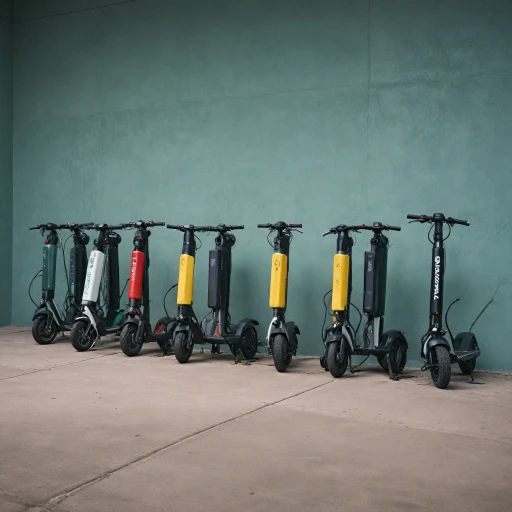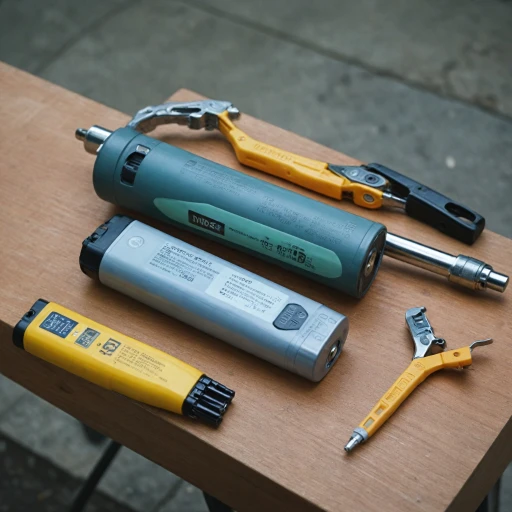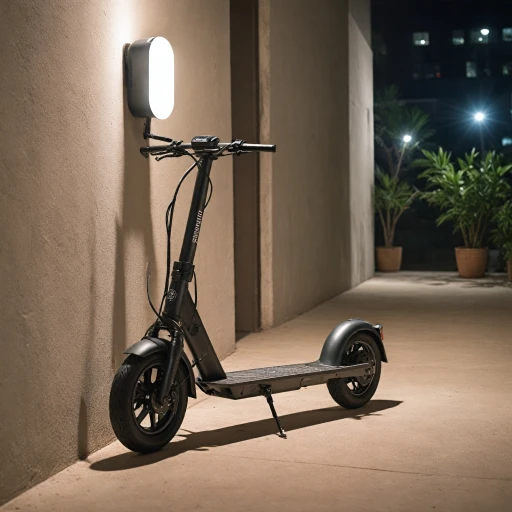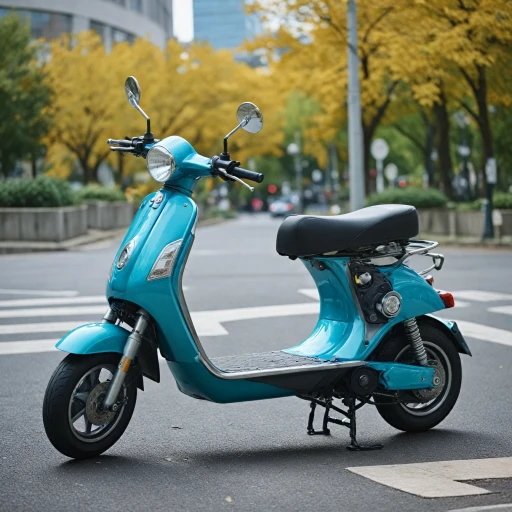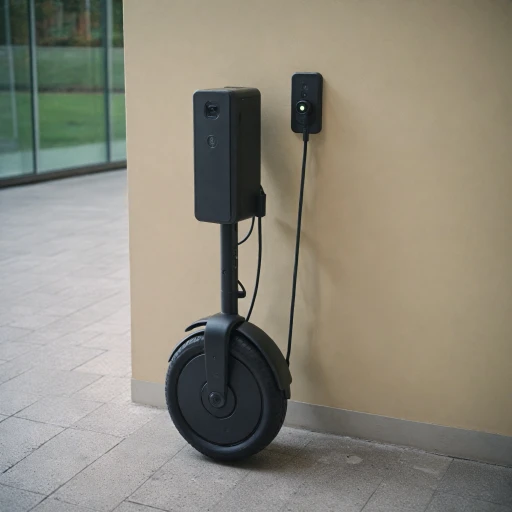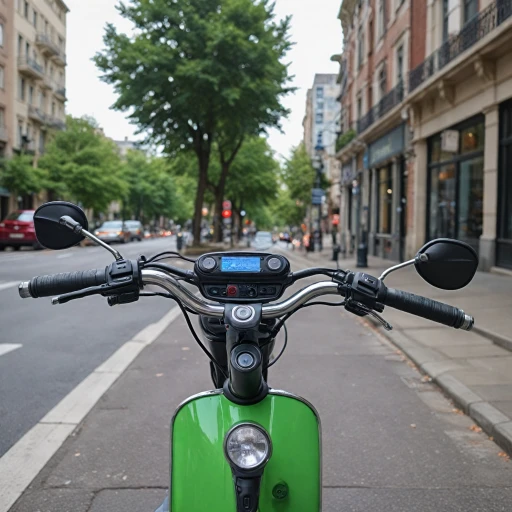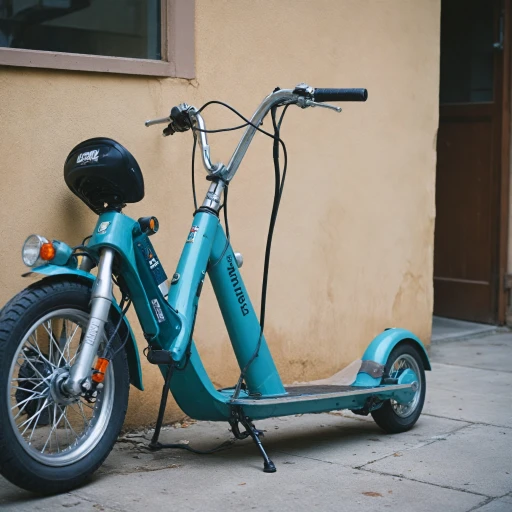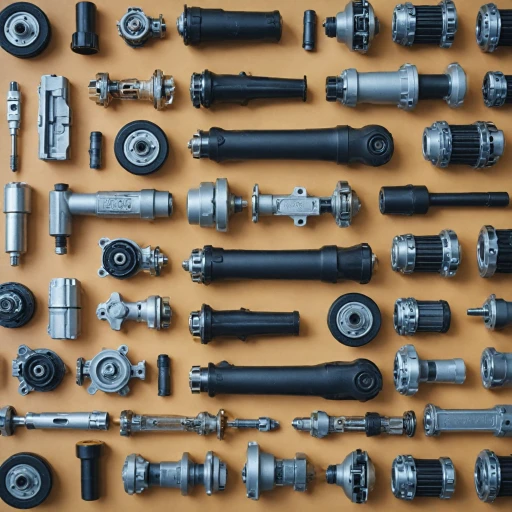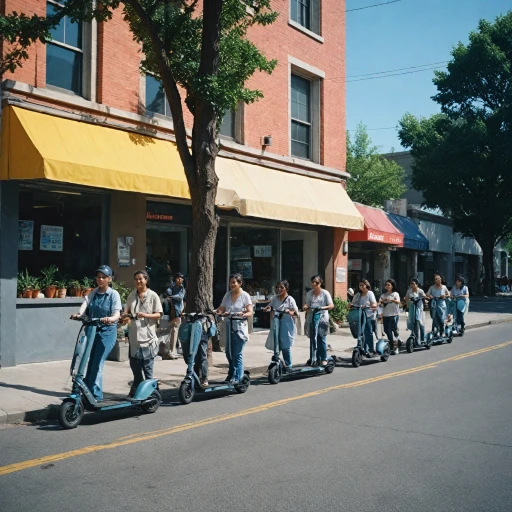
Understanding Helmet Safety Standards
Essential Safety Standards for Helmets
When it comes to ensuring your safety on electric scooter adventures, choosing a helmet that meets rigorous safety standards is crucial. These safety benchmarks are designed to offer maximum protection by minimizing the risk of head injuries during accidents. Understanding these standards can greatly impact your choice.
One critical standard to look out for in helmets is the CPSC certification, which is mandatory for bicycle helmets sold in the United States. This certification ensures the helmet can withstand significant impacts, providing reliable protection to riders.
For those who prioritize enhanced safety features, the MIPS (Multi-directional Impact Protection System) helmets are worth considering. MIPS technology reduces rotational forces on the brain during angled impacts, offering an additional layer of safety compared to traditional helmets.
Internationally, some helmets also adhere to the EN1078 standard, which is widely recognized in Europe and shares similar protective measures as the US counterpart. Meanwhile, motorcycle helmets might follow the more stringent DOT (Department of Transportation) or Snell standards, providing higher levels of impact protection, which could be beneficial for high-speed electric bike riders.
Choosing a helmet that meets these safety standards can be a deciding factor in ensuring maximum safety and protection. It's not simply about selecting one that fits, but rather understanding the technical certifications behind the helmet design and how they can protect you in the most critical situations. For more insights on the importance of wearing a helmet while riding your electric scooter, head over to the article on the importance of wearing a helmet.
Types of Helmets Suitable for Electric Scooters
Exploring Helmet Varieties for Electric Scooter Enthusiasts
When it comes to ensuring your safety on electric scooters, choosing the right helmet is key. Different types of helmets offer varying levels of protection, comfort, and functionality, catering to diverse riding needs and preferences. Here are a few popular helmet types to consider:
- Half-Shell Helmets: Often favored by casual riders, these helmets offer basic protection. They are lightweight and typically well-ventilated, making them suitable for lower-speed rides and short commutes. However, remember that while they provide head coverage, they may offer less face protection.
- Full Face Helmets: These helmets provide maximal protection, encompassing your entire face and head. Ideal for high-speed riding or areas with dense traffic, they are popular among those who seek the highest level of safety. Be sure to look for models with features like MIPS (Multi-directional Impact Protection System) for added security.
- Modular Helmets: For those who enjoy versatility, modular helmets combine features of both full-face and open-face helmets. They come with a pivoting chin bar, allowing riders to switch styles during a ride.
- Cycling Helmets: Commonly worn by bike riders, these helmets are lightweight and provide good ventilation. Many models now come equipped with advanced features such as integrated lights or turn signals, enhancing both visibility and safety.
When selecting your helmet, consider the type of riding you will most often engage in and the level of protection you seek. The best bike helmet for one occasion might not be the most suitable for another. Keep in mind the importance of wearing a helmet while riding an electric scooter to safeguard yourself from potential impacts. To delve deeper into this critical aspect of safety, refer to the importance of helmet use when riding.
Key Features to Look for in an Ebike Helmet
Key Elements That Enhance Helmet Efficiency
Choosing the right helmet for your electric scooter adventures isn't just about aesthetics. It's about ensuring you have optimal protection, comfort, and functionality. Here are some key features to consider when shopping for the best bike helmet:- Impact Protection: Beyond the basic certification standards, look for helmets with additional safety features such as Multi-directional Impact Protection System (MIPS). MIPS helmets deliver an extra layer of security by reducing rotational forces during impact, which is crucial for electric bike riders who enjoy more speed.
- Full-Face Option: For those venturing into fast or rugged environments, a full-face helmet offers greater protection for your face. Explore this option if you're transitioning from leisurely rides to more adventurous terrains.
- Ventilation and Comfort: No one wants to feel hot and suffocated during a ride. Ensure your helmet has ample ventilation channels for a cooling effect, especially important for road and mountain bike pursuits.
- Visibility Features: In today's tech-driven world, innovative elements like integrated lights and reflective strips on helmets enhance safety by making the rider more visible on the road. Consider options like the Lumos Ultra, which comes with turn signals and front-rear lighting for added safety.
- Fit and Adjustability: Proper fit is crucial, and many helmets today offer easy adjustability features to cater to varying head sizes. Comfort shouldn't be compromised when safety is on the line.
- Weight Considerations: A lightweight helmet minimizes fatigue and ensures a comfortable ride, especially for long-distance journeys on electric bikes.
Common Mistakes When Choosing a Helmet
Common Errors in Selecting a Bike Protection
When it comes to ensuring safety while riding your electric scooter, choosing the right helmet is pivotal. However, many riders often overlook key factors in their selection process, leading to common mistakes. Recognizing these pitfalls can effectively aid in making informed decisions and enhancing your safety on the road.
- Opting for Style Over Safety: While it’s tempting to choose a helmet that looks good, it’s crucial not to compromise on safety features. A helmet may have an appealing design, but without proper impact protection and certified safety standards, it won’t offer the necessary shield during accidents.
- Ignoring the Fit: One size does not fit all. Many bike riders make the mistake of not trying helmets for a snug fit. Helmets should be comfortably snug around the head and shouldn’t tilt back or move loosely when you shake your head.
- Overlooking Modern Safety Technologies: With the advancements in helmet technology, features like MIPS (Multi-directional Impact Protection System) offer additional safety layers by managing energies from various angles. Missing out on these innovations could mean losing out on crucial protection.
- Disregarding Visibility Enhancements: In low-light conditions, having helmets with integrated safety lights like the Lumos Ultra or ones with high visibility can make a significant difference. Forgetting such features can reduce your visibility to other vehicles, posing a risk.
- Neglecting National Standards: Making sure the helmet is certified by safety organizations (like those referenced in sections regarding safety standards) ensures that it has met rigorous testing. A non-certified helmet, though possibly cheaper, might not provide adequate protection.
- Skipping Full Protection Helmets: While not every ride demands a full face helmet, using one can offer additional protection especially if engaging in higher speed biking or electric bike activities. Riders often underestimate the extra shield this can provide.
- Settling for Cheaper Options: Price can be a determining factor, but cheaper helmets often sacrifice quality. Investing in the best option that meets your needs and safety standards can save costs in potential medical bills.
Avoiding these common errors will not only ensure a safer riding experience but also maximize the value of your helmet investment. Whether you’re exploring road-bike terrains or commuting on electric bikes, making an informed purchase is key to long-term protection.
Maintenance and Care for Your Helmet
Helmet Care: The Unsung Hero
When it comes to your helmet, consistent maintenance and care extend its longevity and ensure maximum protection during your electric adventures. Here are some handy tips to keep your helmet in top-notch condition:- Cleaning: Dirt, sweat, and environmental factors can take a toll on your helmet's exterior and interior lining. Use a mild detergent and warm water to clean the helmet's shell without submerging it. For the interior, many bike helmets have removable liners which can be gently hand-washed.
- Storage: Proper storage is crucial. Avoid leaving your helmet in direct sunlight or in hot vehicles, as intense heat can degrade materials. A cool, dry place, free from any potential impact, is ideal.
- Inspect and Repair: Regularly inspect your helmet for any signs of damage, such as cracks or dents. Even if the damage seems minor, it might compromise the impact protection. If your helmet has suffered a substantial impact, it's wise to replace it immediately, regardless of visible damage.
- Component Care: Pay attention to components like straps and buckles. Ensure they are functioning correctly and replace any worn components before they fail.

